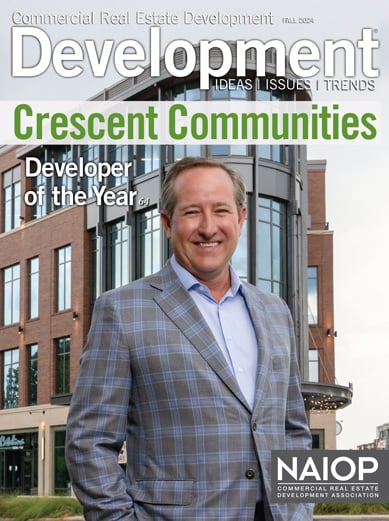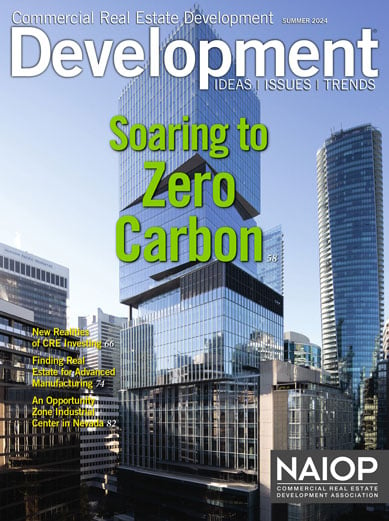Today's Steps for Tomorrow's Net Zero
Passive-building strategies can get new construction to net zero energy consumption.
Remote work and an exodus from cities are two of the biggest trends to emerge so far. First of a two-part series.
Passive-building strategies can get new construction to net zero energy consumption.
These alternative policies can be used for specific risks such as hurricanes or other natural disasters.
An aging population and longer life expectancies are boosting demand for facilities.
Building owners will need to innovate to keep workers coming back.
The influential author sees the next boom towns emerging in smaller cities that are “urbane without the burdens of being urban.”
Smaller metropolitan areas are recovering faster than bigger ones, and their future looks bright.
They’re a green alternative to forced-air systems for heating and cooling occupied space.
New technologies promise higher quality, faster timelines, lower costs.
Parking facilities could stay roughly the same size as they are today, but with significant redesigns.
 Winter 2024/2025 Issue
Winter 2024/2025 Issue
Development magazine’s winter issue delves into the evolving uses of artificial intelligence in the commercial real estate industry, from lease management and building operations to portfolio assessment and data analysis.
 Fall 2024 Issue
Fall 2024 Issue
Development magazine’s Fall issue profiles Crescent Communities, explores the growing impact of spaceport real estate around Houston and along Florida’s Space Coast, the commitment to prioritize employee well-being and environmental stewardship in the design of REI Co-op’s latest distribution center, and the innovations involved in the development of EVE (Electric Vehicle Enclave) Park in London, Ontario.
 Summer 2024 Issue
Summer 2024 Issue
This issue features a cover story on The Stack, the first high-rise office project in Canada to earn Zero Carbon Building Design certification. Other feature articles examine the new realities of CRE investing across different sectors, the challenges of finding move-in-ready space for advanced manufacturing startups, and lessons learned from Mark IV’s acquisition and master planning of a 4,300-acre Opportunity Zone industrial project in northern Nevada.
